My solution was to apply social media concepts toward the marketing of physical gear. Such practices are common now, but as Wired put it: “What’s shocking is that other companies haven’t used a similar approach.”
I also discovered and developed relationships with members of the community. Jack Conte produced a series of videos that have been viewed tens of millions of times, here’s a TechCrunch article. Jack has since gone on to found Patreon, go Jack! I also founded the “Effectology” series with studio guitarist Bill Rupert, here’s a Premier Guitar article.
I suggested a new product concept that I dubbed the “8 Step Program.” Tone Report called it a “radical game changer.” In this video (starting at 4:54) the reviewer notes “probably one of the most fun pedals I’ve ever used...it can help create some of the most outrageous sounds you’ve ever heard come out of a guitar pedal.” EHX fans may be interested to know I coined “EHX” when I registered the ehx.com domain in 1998 (prior to that, it had always been “EH”).


I got my first personal computer, an Atari 800, in 1980. My most memorable project was writing a function in Atari BASIC that converted any number into a sequence of speech synthesizer phonemes (speech synths don’t natively know how to pronounce numbers). My old Atari BASIC cartridge remains one of my most-treasured artifacts.
I graduated from Cornell in 1992 with a major in Computer Science and a minor in Cognitive Studies. As a senior I lucked into a job with the Interactive Multimedia Group where I developed tools for authoring rich-media documents and sharing them over a network.
Following Cornell I spent two years at Technovations, a small communications firm where I produced touchscreen kiosks and digital videos for clients like Pfizer and Prudential. Here's a 1994 promotional video I wrote/directed/narrated/edited (recently digitized from an ancient VHS tape).
In 1994, art organization Gen Art asked me to contribute an interactive to their first show, at the Cristinerose gallery in Soho. My concept was “Curator,” a digital graffiti kiosk that was like a ‘social Photoshop’ for gallery-goers. The MIT Media Lab awarded Curator first place (in what turns out to have been the first interactive juried art show). Curator was also licensed to help launch a new line of Cannon printers.
And on August 3, 1994 I got turned on to the web. (And now, thanks to the web, I can determine the exact date: it was the same day as Lollapalooza in Providence, RI, right after MacWorld Boston.) I decided to set off as an independent developer, and wound up coding pages for companies like Netscape, Time, and General Electric.
As Gen Art’s founding director of technology I developed their first web site. (David Siegel “perhaps the first celebrity web designer” for his 12th High Five Award attributed the Gen Art site as having introduced the use of arrows to step though sets of consistently-designed pages.)
I then applied the dynamic/consistent interface to Firstview, a site that published tens of thousands of photos published to coincide with runway shows in Paris, Milan, London, and New York City. At the time Artforum wrote: “perhaps the first site that realizes the fashion potential of the web...and it’s fun to look at too.”
Firstview was covered by the New York Times, People, Time, Le Monde and repeatedly appeared in short lists of the web’s most-trafficked sites. Due to that popularity, I was approached by Microsoft and given copies of their server and database software, Windows NT and SQL Server.
On that platform in 1997 I began to code a database-driven e-commerce site, and then it hit me that I could add a layer of abstraction and instead build a single system that could serve an arbitrary number of catalogs. I called it “Incubator.” Instead of having to take on the cost and complexity of building an e-commerce site from scratch, merchants could sign up for a monthly subscription-model service, log in, and maintain it themselves.
Around that time I started collecting MP3s, and soon wanted a way to play them over the network. This led to my work on Andromeda starting in 1999. You simply drop Andromeda into a folder of MP3 files, and it dynamically generates a complete streaming web site. As culture/tech blog Boing Boing put it: Andromeda is “A way-groovy app that allows you to stream your MP3 library over the Internet.” Customers included Greenpeace, Creative Artists Agency, US Air Force, Clear Channel, Salvation Army, independent musicians, voice-over artists, sermonists, and regular music fans.
I launched Bitty in 2005. It’s a small-form Web browser designed for use within Web pages and other documents, originally envisioned as a way to make it easy to embed Andromeda sites within other Web pages. Then I realized the concept of embedded browsing had many other applications. I was awarded US patent number 7,284,208 for my work on Bitty. Wired’s Editor-in-Chief Chris Anderson called it an “Awesome hack!” I was invited to present Bitty to the Supernova and PC Forum technology conferences. One notable Bitty customer was CMP Media, publisher of InformationWeek, who used Bitty to embed sponsored content from Microsoft.
Over 2008/2009 I developed a new digital strategy for Electro-Harmonix, a leading manufacturer of audio electronic equipment. My solution was to apply social media concepts toward the marketing of physical products. For reaction, see Wired, TechCrunch.
I had two false starts with digital photography. The first was in 1995, when I was awarded an Apple QuickTake 100 by the MIT Media Lab. I celebrated by making this pre-Google Map tour of Soho. I also used it to produce what may have been among the first live webcast events, to capture and present Gen Art’s first “Fresh Faces in Fashion” show as it was happening. But due to poor image quality I didn’t use the QuickTake all that much. My second false start was in 2003, with a Canon PowerShot S400. I had a mixed relationship with the PowerShot, which actually wound up documented in a New York Times article. And as with the Apple QuickTake, image quality wasn’t there yet.
My interest in photography finally took hold in 2010, with the availability of interchangeable lens mirrorless cameras and social networks such as Facebook, which made sharing fun. I now shoot adapted manual focus lenses on Sony full-frame backs. My photographs have since been published in the New York Times, InStyle, Boing Boing, several covers of Contexts magazine (1, 2, 3, 4), DPReview (Amazon-owned photography site), DNAinfo, West Side Rag, and are held by private and corporate collections. My most recent photographic project is Being a Ghost, which combines my longstanding interest in interactivity with my somewhat-more-recent interest in photography.
For my more recent work (Being a Ghost, Photography, Electro-Harmonix, Rumble Comics) see the top of this page.
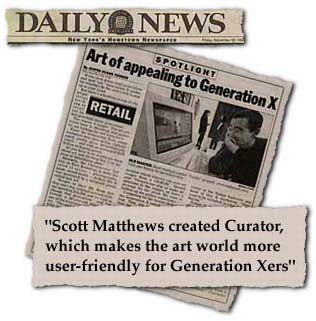


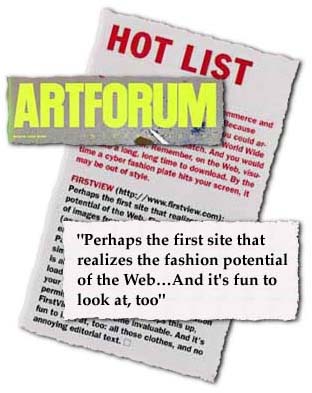 |   |
 |
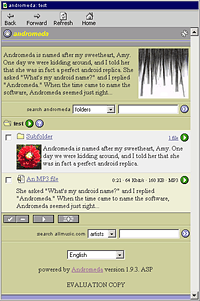
![]()
“It doesn’t get much simpler than Andromeda. If you have a basic Web site and are capable of copying MP3s and the Andromeda script (PHP or ASP) into a folder on your server, you can offer streaming or downloadable music on the Internet or within any LAN.”
![]()
“We’re using Andromeda to distribute station promo audio enterprise-wide within Clear Channel. It’s so simple to use that even I can figure it out. Our producers and programming staff love it....simple and powerful.”
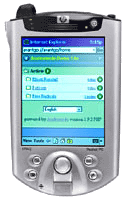 | 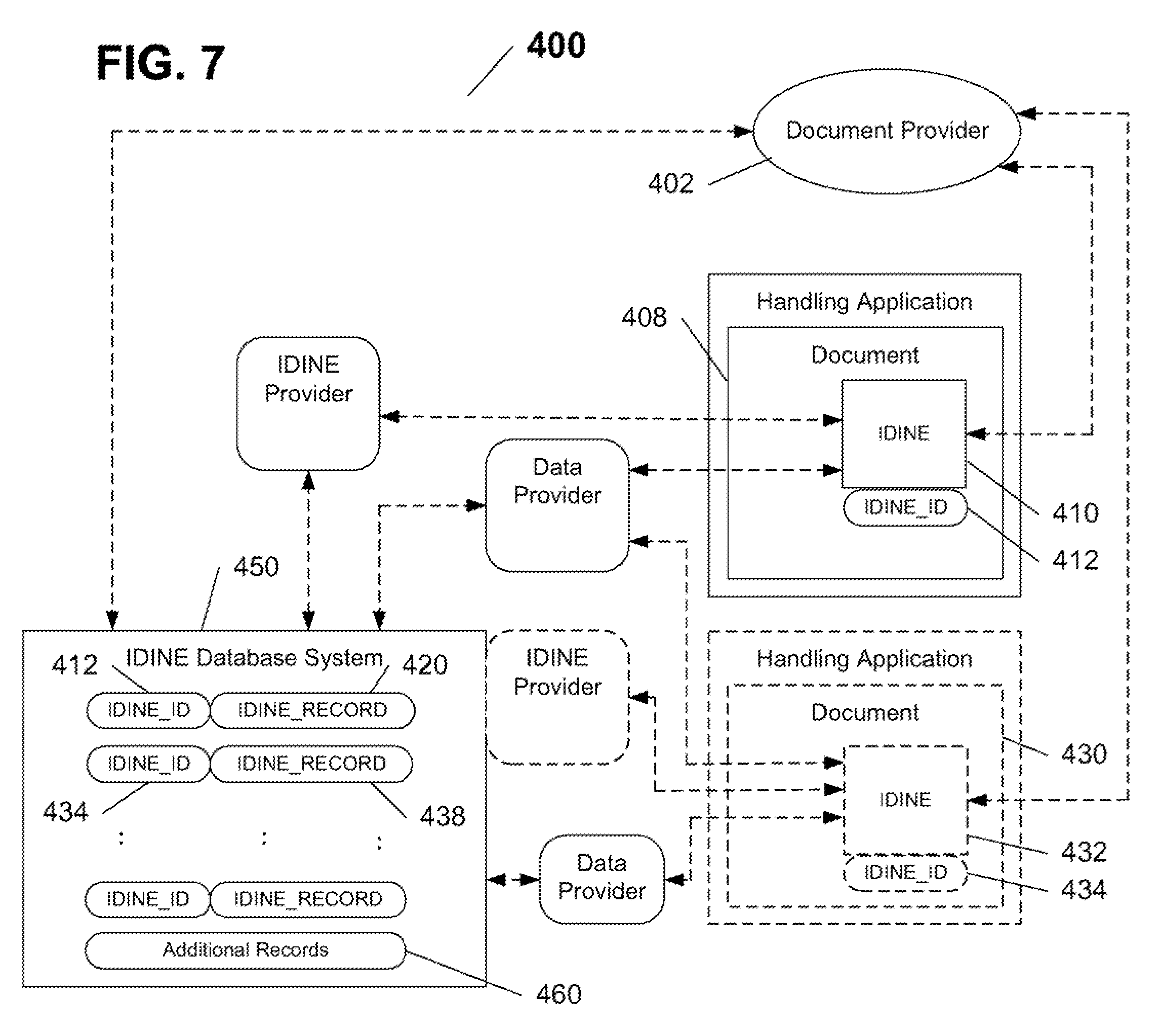 |

 True story: back in 1998 I designed the Bernard L. Madoff home page. And, amazingly, it stayed right there until December, 2008, when the Honorable Louis L. Stanton, U.S. Federal Judge, ordered that it be replaced.
True story: back in 1998 I designed the Bernard L. Madoff home page. And, amazingly, it stayed right there until December, 2008, when the Honorable Louis L. Stanton, U.S. Federal Judge, ordered that it be replaced.